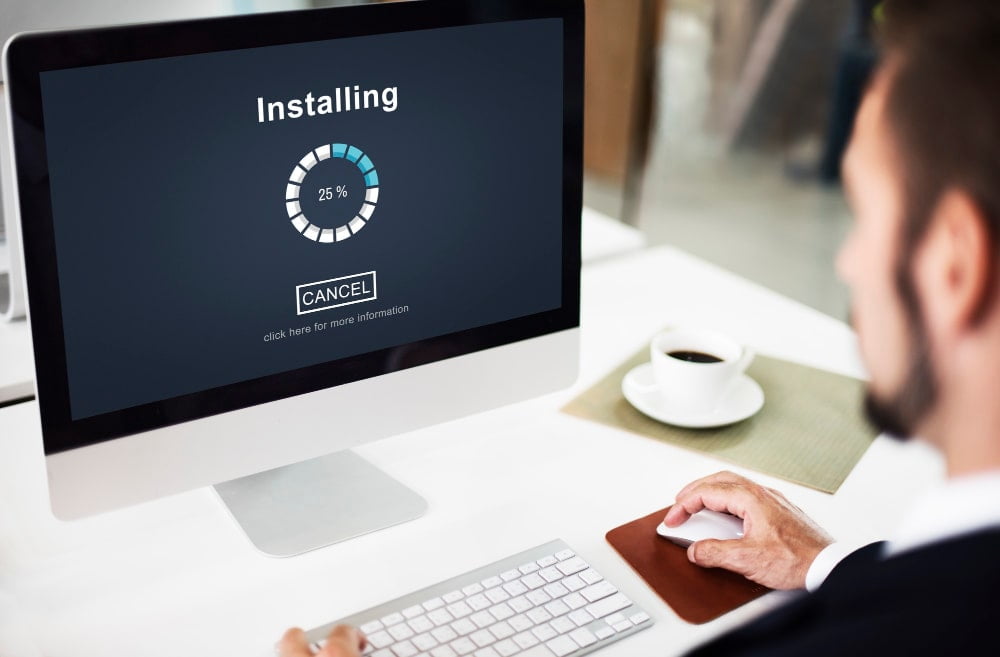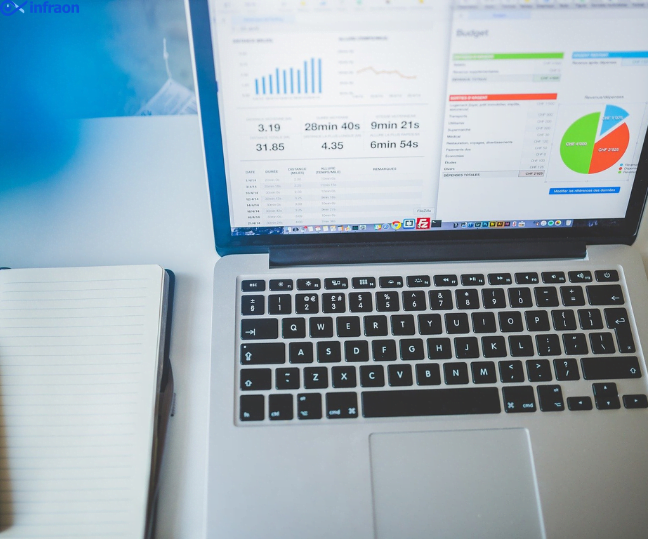Hardware asset management (HAM), IT asset management(ITAM), and software asset management (SAM) are all closely related fields that deal with the maintenance of IT assets in an enterprise. Asset management is managing and tracking the lifecycle of all your enterprise’s assets, from physical to digital. They ensure your enterprise has full visibility into its assets to make informed decisions about what it needs to do with them.
However, HAM, SAM, and ITAM all have their own specific goals and require different approaches and tools to achieve them. While you may have a tool for each, using a unified IT Asset Management software is the best solution.

Hardware asset management
Hardware asset management is about managing the lifecycle of computer hardware. It means tracking when the hardware was purchased, how much it cost, the date it was installed, who installed it, and other details. The goal of hardware asset management is to ensure that the organization has enough hardware on hand so that IT hardware can be replaced if they break down.
HAM is concerned with the physical aspects of technology. HAM is often used by enterprises that need to track their supply chain. You may want to know where all your components are at any given time, where all the products are located in the supply chain, and when they’ll be delivered. It also lets you ensure that every single component your enterprise uses is accounted for at every step, so you don’t accidentally use a piece twice or leave something out during production.
Effective HAM tools allow you to organize, store and access your data in a singular place that is easy to access. They eliminate information silos and enable you to manage complex groups of assets from an intuitive dashboard. They rely on SAM technology but help you manage your physical assets.

Software asset management
Software asset management is like hardware asset management in that it focuses on managing software rather than physical products. Software asset management involves tracking which software has been purchased by an organization and whether or not it’s being used properly by employees or managers who have access to it. The purpose of software asset management is to ensure that only those who need to work on software programs have access to them. SAM also ensures that software licenses are always up-to-date, and the software is automatically updated with new features.
SAM incorporates different cycles like inventories, audits, and redeployment of programming resources.
It helps in settling on informed choices while purchasing extra software and applications. Internal software audits help find policy infringement, dangers to data security, and possible issues in work processes. The redeployment empowers your enterprise to utilize aging software that might still be viewed as important for the business.
In this technology-driven period, taking on a manual way to deal with software licensing is ordinarily costly, tedious, and prone to mistakes. Automating this cycle cuts administrative costs by more than half and opens up assets to zero in on high-value projects. Automation tools are widely available and particularly effective with SAM. A good SAM practice will positively affect your asset management strategy but fall short of the full ITAM if you do not account for HAM.

IT asset management
ITAM is both hardware and software asset management combined. ITAM refers to managing all types of IT assets across an entire organization. This includes everything from computers, printers, and phones to network infrastructure like routers and switches and all associated licensing agreements for those assets.
ITAM covers SAM and HAM technology. An enterprise can’t make a SAM tool effective except if it utilizes HAM innovation. Nonetheless, HAM and SAM have different outcomes and work in various areas. Subsequently, SAM and HAM inside ITAM have different business processes.
The vital aspect of HAM and SAM is the platform which is an integral part of ITAM. This may be firmware on a switch or the number of processors on a server. It may also cover operating systems.
ITAM tools assist you with documenting IT asset information like the following:
- Financial data, including purchase costs, upkeep and maintenance costs, and other supplier data
- Inventory data, including the resources’ area, ownership, and condition.
- Legally binding information like guarantees, licenses, support agreements, and terms and conditions.
When you have this information in one spot, you can see how effectively you’re utilizing your IT resources and how you can improve their worth and save money on additional expenses.
A single tool for your enterprise’ IT asset management
You can use Infraon asset management to monitor and manage the entire IT asset lifecycle
- Inventory scanning
- Software asset management
- Asset dashboard and reports
- Configuration management database (CMDB)
Benefits of Infraon Asset Management
- Tracking of IT assets
- Measuring the performance of vendors
- Enabling audits and compliance with policies
- Streamlining the procurement process
- Optimization of licensing costs.
Wrapping up
Having a single vendor-agnostic asset management tool like Infraon Asset Management is far more inclusive as it offers a unified dashboard to track and monitor all IT assets. It ensures that none of the IT assets of the enterprise fall through the cracks.























